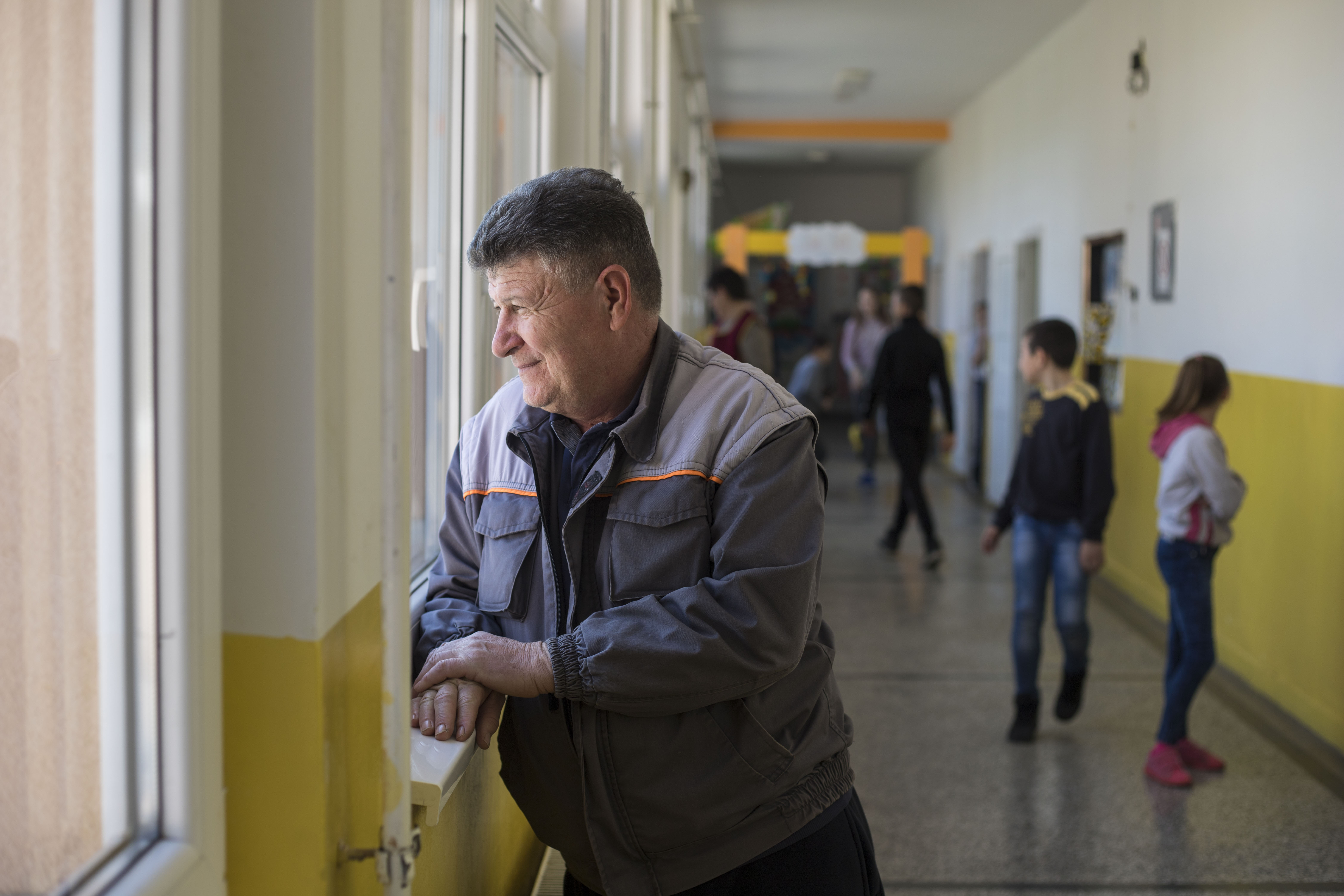Building energy resilience in times of crisis
June 9, 2022

In Serbia, with UNDP's support, 30 municipalities have equipped public buildings, including schools, with Energy Management Information Systems to monitor, analyze and report on energy and water consumption.
Governments and people across the world are experiencing first-hand the impact of the energy crisis. The combination of the increases in the price of oil, gas and commodities, disruptions in energy supply chains, and financial market volatility due to the military crisis highlight the need for new, innovative solutions. This is happening as global energy demand is rising, and as post-COVID-19 recovery efforts in many industries are reviving economic activities that are energy intensive. At the same time, soaring energy prices and inflation have put significant economic pressure on governments, the private sector as well as individual citizens, some of whom have been falling into energy poverty. Today 733 million people live without access to electricity, mostly in Africa and Asia. But energy poverty resulting from low household income and low energy purchasing power is prevalent in most regions. Unless tackled at the national level, it is a concern for both developing and developed states.
The energy crisis is multi-faceted, and changes in the energy markets may also undermine global decarbonization efforts, with investments being channelled back into extractive industries to address energy security concerns, or simply fill in the supply gap. In this context, how can countries meet their population’s energy demand while continuing their transition towards low-carbon economies?
Consuming less energy, more efficiently
Conducting or recalibrating a near- and longer-term energy planning at the national level and increasing the share of renewables in the overall energy mix remains essential. Renewables are still expected to account for almost 95 percent of the increase in global power capacity through 2026, with solar photovoltaic solutions alone providing more than 50 percent.
However, to respond effectively to the energy crisis, it is critical to complement efforts to increase energy supply with measures to decrease energy intensity and to manage demand. The cheapest energy is the one we don’t use. Energy efficiency is a source of energy in itself, inexhaustible and available everywhere.
Through its Sustainable Energy Hub, UNDP aims to provide countries with the tailored support and cutting-edge tools they need to build efficient, resilient energy systems.
In Turkey, UNDP has focused on supporting small businesses become more energy efficient by raising awareness of the benefits of energy efficient motor technologies in small and medium sized enterprises. This has helped protect small businesses from energy price volatility while reducing their energy bills.
Equally, energy efficiency in buildings, being residential, public or commercial offers another path to save energy. UNDP supports countries to create the enabling environment--policy and regulatory, market creation and financial incentives to streamline energy retrofit work. In Bosnia and Herzegovina, through a project funded by the Green Climate Fund as well as the Global Environmental Facility, in close collaboration with the government and other national stakeholders, 430 building are targeted for project assistance, benefiting 150,000 people. Three hundred and thirty two energy audits for public building are already underway, and for the first time ever in the country, Energy Service Company financial mechanisms are deployed. In Serbia, with support from the Global Environment Facility, UNDP provides assistance in building local capacity for energy audits and energy management, facilitating the adoption of energy management information systems and direct energy management in at least 80 new state-owned building.
Countries may also look for solutions to consume less energy by modernizing their energy infrastructure, including smart grid technologies. In Mauritius, the Central Electricity Board together with the government stakeholders and with assistance from UNDP and Green Climate Fund, is in the process of reinforcing the structural efficiency of its grid, resulting in minimized transmission and distribution losses and the ability to accommodate more intermittent renewable energy. The closer the distributed generation is to the customer, the greater the prospect for network loss reduction.
In times of crisis and financial volatility, modern and efficient energy solutions are key to enhance countries’ energy security and helping meet their populations’ energy demand while continuing to transition towards resilient, low-carbon energy systems.

 Locations
Locations